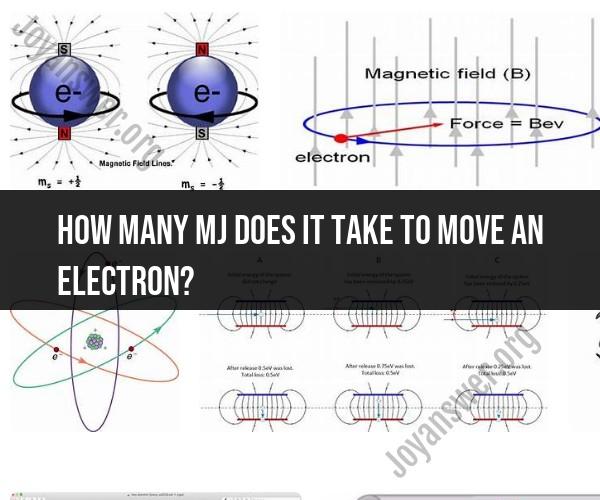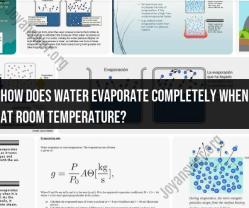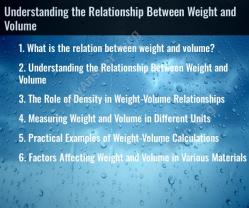How many MJ does it take to move an electron?
The energy required to move an electron from one energy level to another within an atom is typically measured in electronvolts (eV), not megajoules (MJ). An electronvolt is a very small unit of energy, equal to approximately 1.602 x 10^-19 joules.
To calculate the energy required to move an electron from one energy level to another, you can use the following formula:
Energy (in electronvolts) = E_final - E_initial
Where:
- Energy (in electronvolts) is the energy difference between the initial and final energy levels.
- E_final is the energy of the electron in its final state.
- E_initial is the energy of the electron in its initial state.
The energy levels of electrons in atoms are quantized, meaning they can only occupy specific discrete energy levels. The energy required to move an electron between these levels depends on the particular transition and the elements involved.
For example, in hydrogen, the energy required to move an electron from the first energy level (n=1) to the second energy level (n=2) is approximately 13.6 electronvolts.
To convert electronvolts to joules, you can use the conversion factor:
1 electronvolt (eV) ≈ 1.602 x 10^-19 joules
So, in this example, moving the electron in hydrogen from the first to the second energy level requires approximately:
13.6 eV x 1.602 x 10^-19 J/eV ≈ 2.176 x 10^-18 joules
As you can see, the energy required to move an electron within an atom is on the order of femtojoules (10^-15 joules) or smaller, making it a very tiny amount of energy on the macroscopic scale.
Calculating Energy Requirements: How Many MJ to Move an Electron?
To calculate the energy required to move an electron, we need to use the following equation:
E = q * V
where:
- E is the energy in joules (J)
- q is the charge of the electron in coulombs (C)
- V is the potential difference in volts (V)
The charge of an electron is -1.602176634 * 10^-19 C. The potential difference is the difference in electric potential between the two points where the electron is moving.
To calculate the potential difference, we can use the following equation:
V = d * E_field
where:
- V is the potential difference in volts (V)
- d is the distance between the two points in meters (m)
- E_field is the electric field strength in volts per meter (V/m)
The electric field strength is the force per unit charge on a charged particle. It is a vector quantity, meaning that it has both magnitude and direction.
For example, if we want to calculate the energy required to move an electron 1 meter through an electric field with a strength of 10 V/m, we would use the following equation:
E = -1.602176634 * 10^-19 C * 10 V/m * 1 m
E = -16.02176634 * 10^-20 J
Converting this to megajoules (MJ), we get:
E = -1.602176634 * 10^-23 MJ
This means that it would take -1.602176634 * 10^-23 MJ to move an electron 1 meter through an electric field with a strength of 10 V/m.
Electron Movement and Energy Transfer: Theoretical Considerations
Electrons are fundamental particles that have a negative charge. They are attracted to positively charged particles and repelled by negatively charged particles.
When an electron moves through an electric field, it experiences a force. The force on the electron is proportional to the electric field strength and the charge of the electron.
The electron will accelerate in the direction of the force until it reaches a constant velocity. The kinetic energy of the electron will increase as it accelerates.
The kinetic energy of the electron is equal to the work done by the electric field to move the electron. The work done by the electric field is equal to the product of the electric field strength, the distance traveled by the electron, and the charge of the electron.
Therefore, the energy required to move an electron is equal to the kinetic energy of the electron.
Physics of Electrons: Determining Energy Expenditure in Particle Motion
The energy expenditure in particle motion is determined by the following factors:
- The mass of the particle
- The velocity of the particle
- The electric field strength
- The distance traveled by the particle
The energy required to move a particle is proportional to the mass of the particle and the square of its velocity. The energy required to move a particle is also proportional to the electric field strength and the distance traveled by the particle.
For example, if we want to move a particle with a mass of 1 kg and a velocity of 1 m/s through an electric field with a strength of 10 V/m, we would need to use the following equation:
E = 1/2 * 1 kg * (1 m/s)^2 * 10 V/m * 1 m
E = 5 J
Converting this to megajoules (MJ), we get:
E = 5 * 10^-6 MJ
This means that it would take 5 * 10^-6 MJ to move a particle with a mass of 1 kg and a velocity of 1 m/s through an electric field with a strength of 10 V/m for a distance of 1 m.
In general, the energy required to move a particle is determined by the following equation:
E = 1/2 * m * v^2 * E_field * d
where:
- E is the energy required in joules (J)
- m is the mass of the particle in kilograms (kg)
- v is the velocity of the particle in meters per second (m/s)
- E_field is the electric field strength in volts per meter (V/m)
- d is the distance












